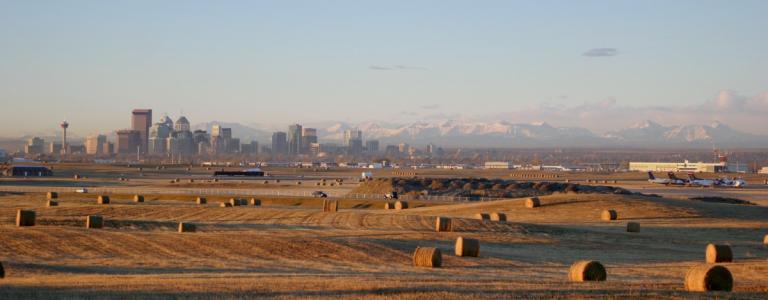Eight Ways Cities Are Building Climate Resilience
Examples from the "Building a Climate-Resilient City" research series
The Building a Climate-Resilient City series was prepared for the City of Edmonton and the City of Calgary by IISD and the University of Winnipeg.
Overview
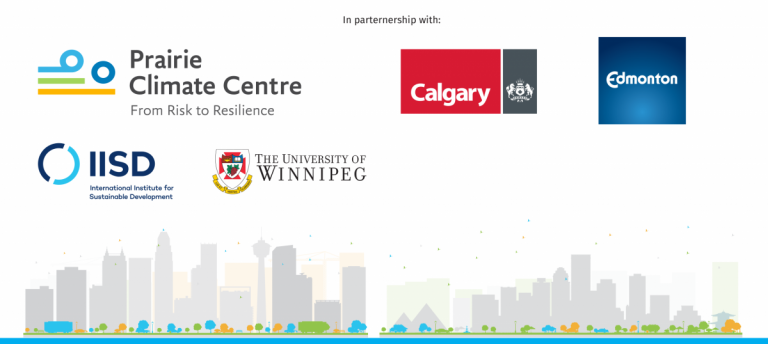
The Building a Climate-Resilient City series was prepared for the City of Edmonton and the City of Calgary by the International Institute for Sustainable Development and the University of Winnipeg.
Climate change will have serious impacts for cities. In coming decades, building resilience will be essential urban policy and a smart investment for cities.
And while many cities are already beginning to build resilience in response to emerging threats associated with climate change, the strategies they are adopting are often win-win results, making them healthier, more attractive places to live and do business. Resilience is brandable, and demonstrates of city’s willingness to embrace innovation culture.
In a new series of research papers commissioned by the Canadian cities Edmonton and Calgary, we explore themes related to building climate-resilient cities. Here are eight examples of actions cities can take to foster resilience.
Chicago, United States: Supporting Vertical Farms Through Better Zoning
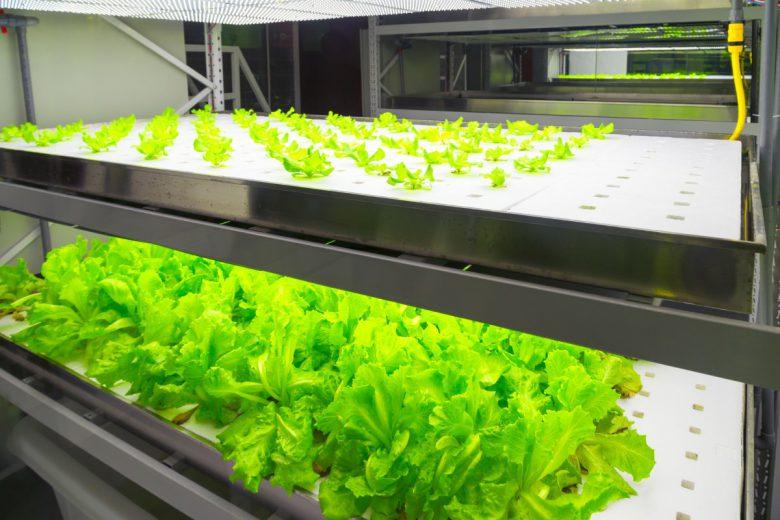
Thanks to energy-saving technology advances like low-energy LED grow lamps, vertical farms in cities can raise vegetables using a fraction of the energy and water required by conventional outdoor crops and without necessarily using pesticides or herbicides.
Today, Chicago is home to the world’s largest vertical farm, a 90,000 square-foot facility that grows a wide variety of leafy greens. This and other vertical farms’ success is due in part to Chicago changing its zoning laws in 2010 to accommodate urban agriculture, introducing provisions for hydroponics and vertical farming operations to run in all “Planned Manufacturing Districts” citywide.
One of the key qualities of a resilient city is robustness—that is, that the city is designed to anticipate and respond to potential issues. Vertical farms are one example of robustness, securing space in urban environments for food production.
Read more in the report Building a Climate-Resilient City: Agriculture and food security.
Iowa, United States: Using historical data to build robustness in the face of flooding
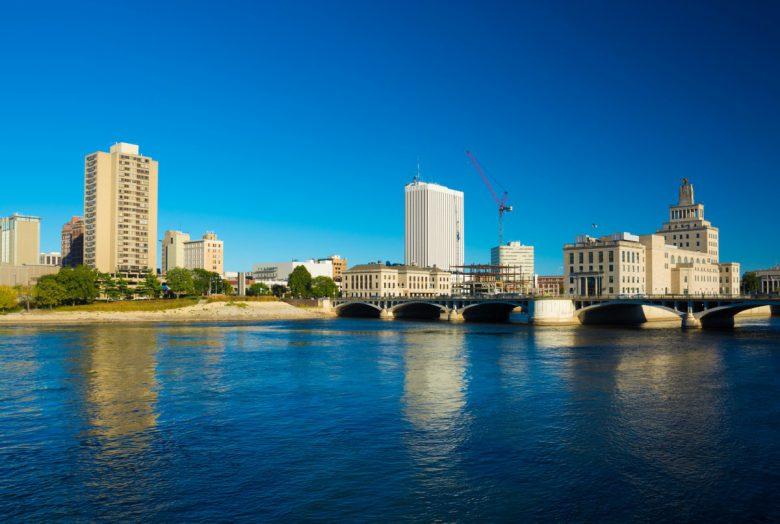
Another of very important example of robustness in urban planning is the explicit use of downscaled climate change information like the Prairie Climate Atlas for infrastructure design. In Iowa, the Department of Transportation (DOT), Iowa State University and the University of Iowa Flood Center used historical rainfall data to forecast peak discharge flows from two local basins that had recently experienced severe flooding events affecting primary and interstate highways. Using climate forecasting and streamflow modelling, researchers were thus able to estimate future flooding using projected climate data for the region. These revised forecasts were then compared to the DOT asset inventory, allowing analysis of all transportation infrastructure. This enabled the DOT to identify at-risk roads, bridges and other infrastructure and include design elements to reduce their vulnerability to future flooding. Applying the projected climate data provided engineers with a higher level of confidence that their infrastructure designs were indeed robust enough to meet future climate impacts.
Read more in the report Building a Climate-Resilient City: Transportation infrastructure.
Austin, Texas, United States: Saving residents money through smart grids
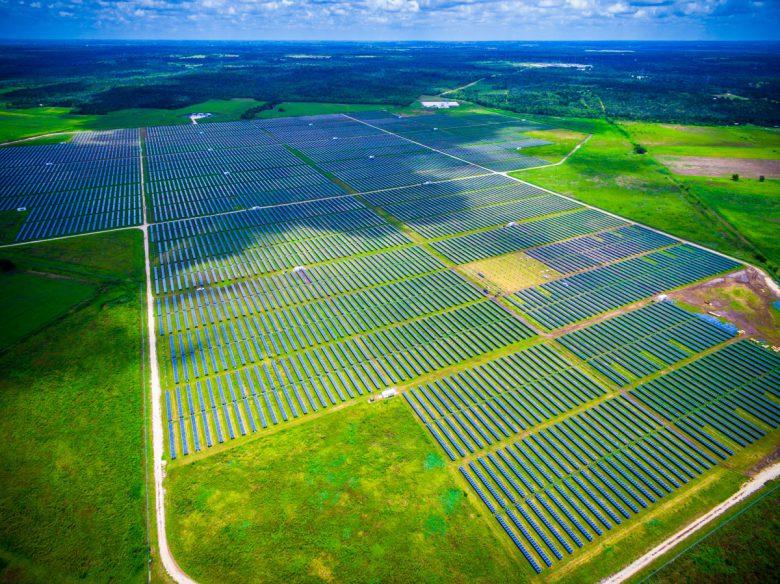
The Pecan Street Project (PSP) is a public–private partnership with the “very modest goals of reinventing the energy system of the United States.” The PSP is a non-profit that tests leading-edge smart grid technologies with the long-term goal of scaling up those that work best.
PSP’s work in Texas is another very promising example of resilience building. In Austin, PSP has tested a smart grid of 1,000 networked residences and 75 businesses using smart metering for both energy and water systems. A 2015 Duke University review confirmed that the Austin smart grid was resulting in significant energy and water savings, as well as helping the overall grid become more autonomous. Even better, PSP’s success has the potential to attract high-tech partnerships and reinforce Austin’s reputation as an innovation hotspot and desirable investment location.
In addition to robustness, another quality of a climate-resilient city is redundancy: that is, fail-safe networks and spare capacity built into a city’s system to account for disruptions and surges in demand. For the energy sector, this means having grids that can still generate, distribute and—in the future—store energy in the event that other parts of the grid are disrupted. Smart grids are a proven way to boost an energy system’s resilience, with major potential benefits for homeowners, including quicker recovery time after power outages as well as lower bills.
Read more in the report Building a Climate-Resilient City: Electricity and information and communication technology infrastructure.
Mississauga, Canada: Low-impact development standards for cleaner drinking water and less flooding
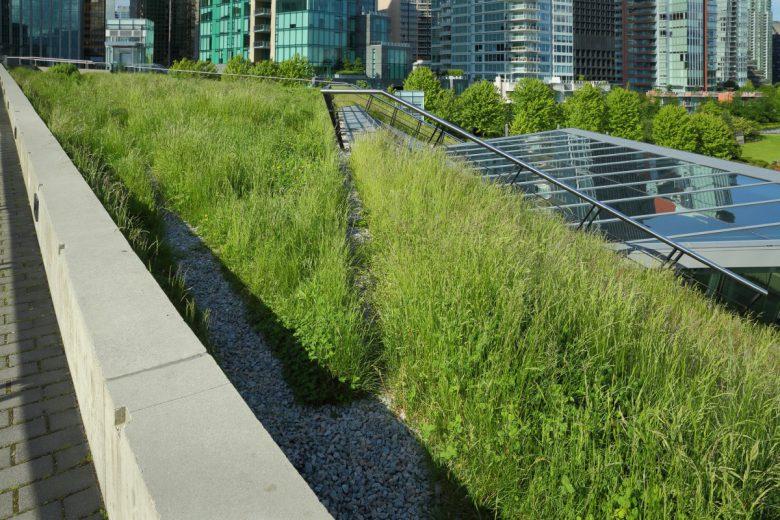
Based on currently approved plans, 40 per cent of the Credit Valley watershed in Ontario, Canada, is slated for development. However, development disrupts watershed function, leading to heavy runoff because the watershed does not retain rain as it should.
The Credit Valley Conservation Authority (CVC) protects and manages the watershed, and has committed to low-impact development (LID) infrastructure design standards. This has had impressive results: annual runoff was reduced by nearly 80 per cent; suspended solids, phosphorus and heavy metals in water were all dramatically decreased; and LID system filtration had a cooling effect on water of more than more than 5°C.
Seeing the CVC’s success, neighbouring Ontario municipalities Toronto and Peel also took up LID infrastructure design standards along new roadways, parks, and for public and institutional spaces. This demonstrates a third important quality of resilience building: resourcefulness, or citizen empowerment. This means that citizens and institutions are aware of climate risks, able to adapt to shocks and stresses and can respond quickly to a changing environment. Adopting strategies like LID standards shows awareness of potential risks, helping to create momentum for smarter design standards that consider factors like water quality.
Read more in the report Building a Climate-Resilient City: Water supply and sanitation systems.
Gibsons, Canada: Taking advantage of the lower costs and higher resiliency of natural systems

Photo: Heather Harvey/Flickr
When the town of Gibsons, British Columbia, needed to find savings in its annual infrastructure budget, it took the innovative approach of “Eco-assets accounting.” This accounting looked at the value of the services the local ecosystem provided, as well as its vulnerability to climate change.
As a result of applying the eco-asset accounting process, Gibsons determined that three natural systems provided major benefits for little cost. Aquifers were storing and filtering water; creeks, ditches, wetlands were providing rainwater management; and their foreshore area was acting as a natural seawall. Each of these natural assets was providing services with significant monetary value.
Gibsons introduced a strategy to manage these natural eco-assets, recognizing them as valued elements of municipal infrastructure that provide long-term savings for the infrastructure budget.
Relating this example to the qualities of resilient cities noted above, these natural assets provided robustness (strong design) and redundancy (fail-safe networks), and the eco-asset accounting provided clear evidence of these assets’ value.
Read more in the report Building a Climate-Resilient City: Economics and finance.
St Paul, United States: Establishing an urban ecosystem
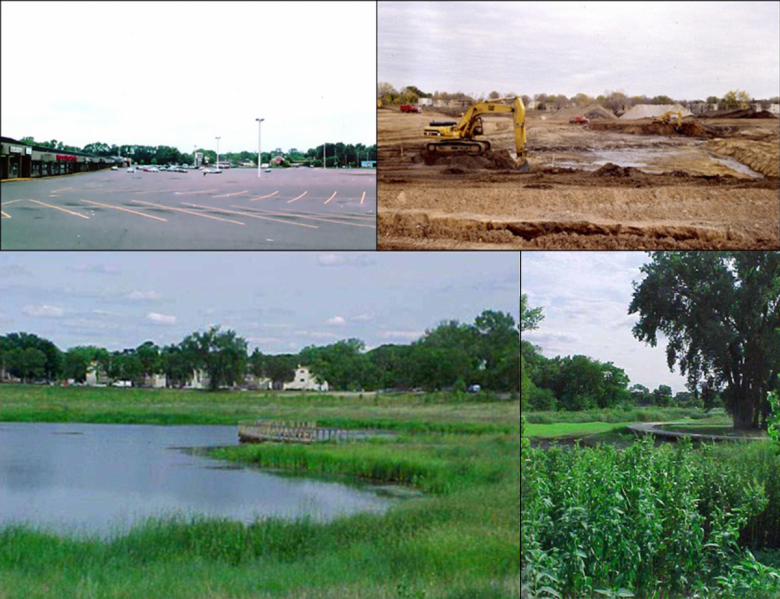
Photos courtesy of Ramsey-Washington Metro Watershed District.
Urban ecosystems and green infrastructure are important assets that provide solutions at lower cost than traditional infrastructure approaches, as the city of St Paul found when they replaced a crumbling mall with an urban wetlands, Phalen Wetland Park.
With the assistance of the City of St. Paul, residents of the Phalen neighbourhood explored a range of design alternatives for what would replace a local shopping centre that had gone bankrupt. The residents embraced a plan to restore the original wetlands. The shopping centre was demolished and the restored wetlands have become an effective part of the area’s stormwater retention system, serving as natural holding tanks for rainwater and prevent sewer overflow. In addition, they create an attractive natural landscape, have increased local biodiversity and become a popular part of the cultural life of the community.
Read more in the report Building a Climate-Resilient City: Urban ecosystems.
Netherlands: Proactively planning for flooding by making room for rivers
Watch: Government of Netherlands video on the Room for the River program/YouTube.
Netherlands is highly vulnerable to flooding, with nearly 30 per cent of the country lying below sea level and a further 30 per cent vulnerable to flooding along its rivers including the Rhine, the Meuse and the Scheldt. In cases like this, building a city may require a more broadly coordinated approach.
Recognizing that climate change will exacerbate existing flood risks, Netherlands has shifted from a reactive to a proactive approach to dealing with flooding, adopting a national strategy called the Delta Program in which cities are important actors. To tackle river floods, one of this program’s initiatives called Room for the River includes efforts in 30 locations. The program restored landscapes along the country’s rivers to create more room for floodwaters by removing silt, creating diversions to redirect excess river water, and restoring marshy riverine landscapes.
This type of transformational adaptation that resulted in more resilient cities shows what can be achieved when there is political will from multiple levels of government working toward a common goal like flood prevention.
Read more in the report Building a Climate-Resilient City: Transformational adaptation.
Calgary and Edmonton, Canada: Using multiple bottom lines

Many cities already use a multiple-bottom-line; for example “triple-bottom-line” accounting, which defines return on investment in financial, environmental and social terms. Calgary has a Triple Bottom Line Policy Framework and Edmonton’s The Way We Green strategy lay the groundwork for this type of approach.
But with climate change threatening to introduce new stresses in coming years, to adapt to climate change, it’s important to continue expanding on the environmental aspects of planning to specifically require consideration of need to adapt to climate change in cities planning and budgeting processes.
Prioritizing climate change in planning opens the door for a number of resilience building approaches. This essay has tried to show a few of the different ways that cities are approaching this common challenge, and it can take many different forms, from updating financial policies, zoning policies and urban development standards, to replacing an aging mall with a wetland.
By committing to a multiple-bottom-line approach and measuring the concrete benefits of resilience-building to cities’ economic, environmental, and social well-being, cities are making strides towards becoming both better prepared for climate change, as well as all-around better places to live and do business.
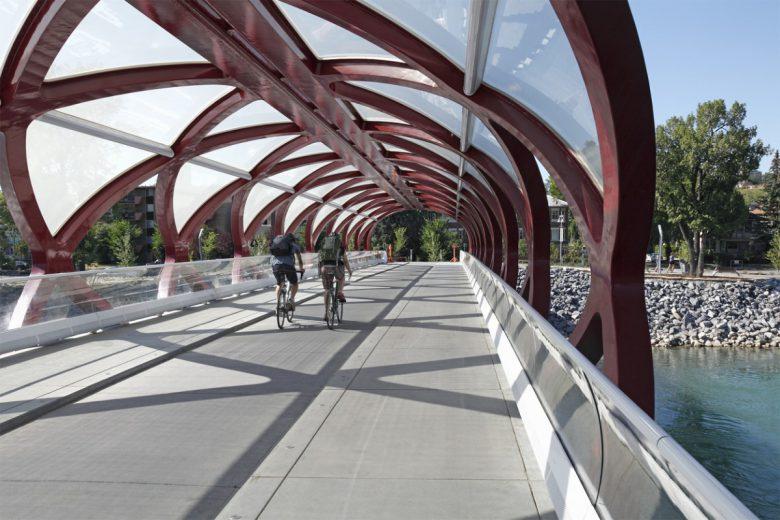
We thank the cities of Calgary and Edmonton for their showing their commitment to resilience-building by commissioning this research.
Want to find out more? Read the full Building a Climate-Resilient City series.

You might also be interested in
Preparing for Climate Change in the Prairie Provinces
Key findings of a 2020–21 survey of communities in Canada's Prairie provinces on the current extent of their climate change adaptation needs, planning, and implementation.
A Case for Adaptation: Preparing for Climate Disasters in Manitoba
Recent catastrophic events across the Prairies have given scientists reasons to believe more frequent, extreme events like floods, forest fires, and storms are the most immediate climate risk threatening these areas.
ClimateWest launches to support adaptation to climate change on the prairies
A changing climate will have a significant impact on the Canadian prairies and there is a need for more proactive adaptation and resilience planning.
Prairie Wildfire Risk in a Changing Climate
This webinar focused on fire risk in the Canadian Prairies, projecting change due to climate change and how levels of governments are reducing these risks and protecting communities.
